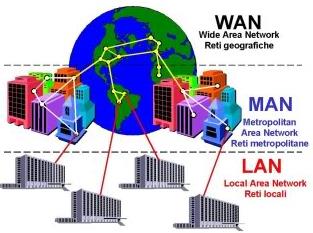What is a network?
- A network is a simple collection of computers.
- It is when two computers connected as a network at one location that has been tied together using a particular connectivity medium.
- Connectivity medium can be network cabling or wireless technology to a giant global network such as the internet that uses a number of different connectivity media, including microwave and satellite technology.
- Networks are used to transmit data voice and even video between users on the network.
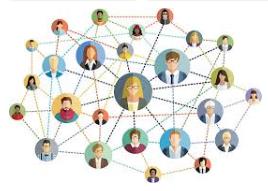
Local area network
- A LAN supports fast, low - error data transfer of data.
- It covers a small, limited geographic area, such as within a single building or on a single floor of a building.
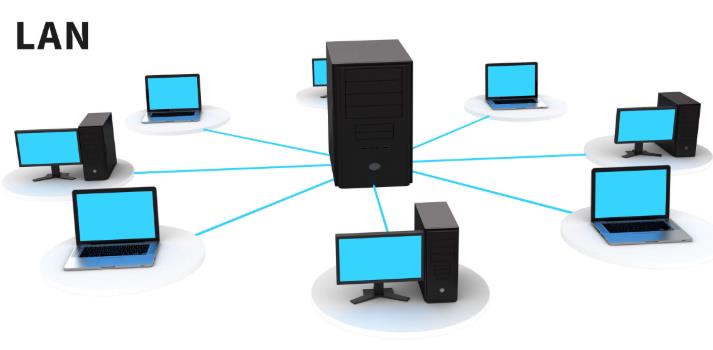
Metropolitan area network
- A MAN is a network that spans an area larger than a LAN but is less dispersed geographically than a WAN.
- A MAN network may connect several LANs on a single company campus or interconnect the LANs of several companies in one part of town.
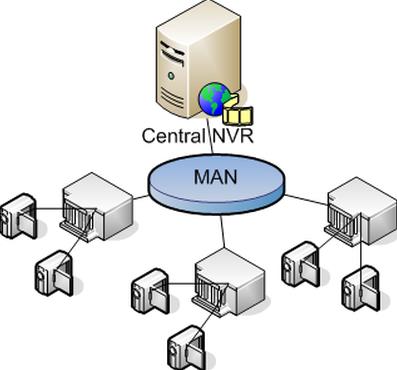
Wide area network
- A WAN is a network that interconnects LANs and MANs across a broad geographic area.
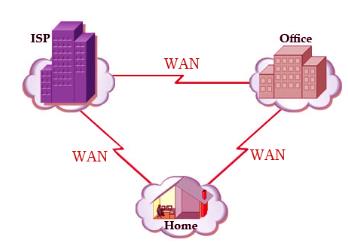
Use of network -
A network is very important to share information. Users can share resources and communicate within the network.
The major activity that happens is -
- File sharing
- Hardware sharing ( printers, CD ROM drivers and hard drives)
- Program sharing
- User communication
- Multiplayer games
OSI REFERENCE MODEL
- I’m the year 1984 Open systems interconnection reference model was developed by the ISO international standard organization.
- The OSI model defines the rules, mechanisms, formats and protocols used to guide how data flows from one device to another.
- It has 7 layers and they are as follows.
Physical layer
- The physical layer of the OSI model defines the electrical and mechanical specifications used in Networking.
- This includes transmission distances, the various types of media available and electrical issues.
The data link layer
- The main purpose of the data link layer is for Physical addressing and to notify the errors.
- It controls the data flow and enables access to the physical medium.
The network layer
- This layer does the path determination between the source and destination nodes on a different network.
- Routing messages between networks and
- Controlling congestion on the subnet
The transport layer
- Segment and assemble upper layer applications.
- It transports segment from one body to another host.
- Establish and manages end to end operations and error recovery.
The session layer
- A session is a series of related connection oriented transmissions between network nodes.
- It establishes and terminates sessions between applications.
Presentation layering
It performs actions like –
- Data encryption
- Data compression
- Data formatting
- Data conversion
The application layer
It defines the communication services used by the user’s applications to transmit data over the network.
Recap
Networking
A network can be simply defined as a group of computers and other devices connected in order to exchange data.
